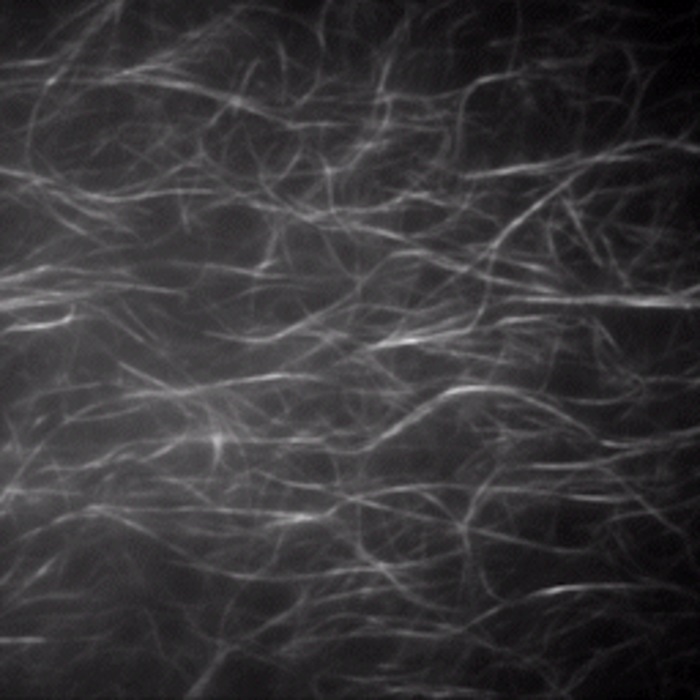NOTTINGHAM, England, Oct. 19, 2021 — Research from the University of Nottingham demonstrated the use of synthetic fibers to drive molecular motion over long distances, fueled by light. The work may open avenues for the use of light as a source of sustainable energy, as well as in photopharmacology.
The research team used a path of molecular fibers in liquid that can be used to propel traveling molecules when stimulated by light.
“In living organisms, molecular motors travel along specific molecular paths; it is an essential part of cell function. We have shown that a synthetic, self-made molecular fiber in a liquid behaves like a path for the movement of a molecular traveler over a distance 10,000 times its length,” said David Amabilino, a professor in the School of Chemistry at the University of Nottingham, and one of the lead researchers. “Light acts as the fuel to encourage the motion, while a molecular switch mixed into the system apparently propels the traveler on its way.”

Microscope image depicting molecular motion. Research from the University of Nottingham has demonstrated the use of synthetic fibers to act as an activator for molecular motion over long distances, fueled by light. Courtesy of the University of Nottingham.
The system, he said, emulates the same type of movement that takes place along fibers in living cells.
“If we can find ways to make use of the light’s potential in this process, then it could pave the way for use in light-activated medicines, new ways to harness light energy as a source of power, and to create new sustainable ways to carry out chemical tasks,” he said.
The work exploits interactions between oppositely charged chemical groups to create motion in the static system by introducing a switching molecule into the fibers. The switching molecule flaps back and forth quickly and releases heat when irradiated with light. The process weakens the interaction between the traveler molecules and the path, while the heat has a local effect that helps the traveler molecules to move.
The team made use of a special optical microscope to observe these effects. The microscope’s design enabled the simultaneous excitation of the molecules and observation as the traveling molecules moved and fluoresced.
“The system we have prepared is very sensitive to the solvent in which the fibers are formed. In a liquid about the strength of strong whisky, the traveling molecules move along the fibers to another location, whereas when the liquid is the strength of weaker limoncello, rings of rearranged fibers are formed where the travelers have moved along and incorporated into the newly formed circular track,” said Mario Samperi, a co-author of the research study. “We want to be able to transport other molecules from one place to another in a controlled way so that the traveling molecules can carry a package from one place to another, emulating nature, but using light as energy.”
The research was published in Nature Chemistry (www.doi.org/10.1038/s41557-021-00791-2).